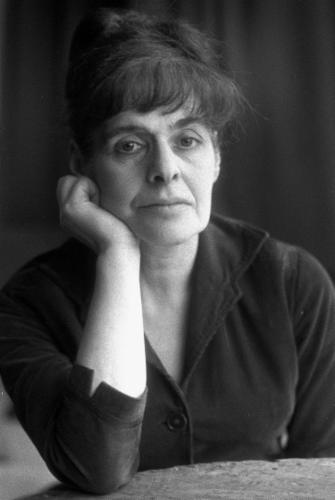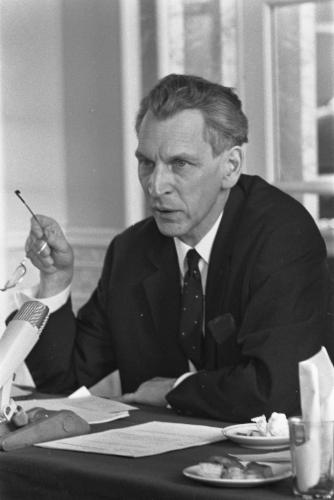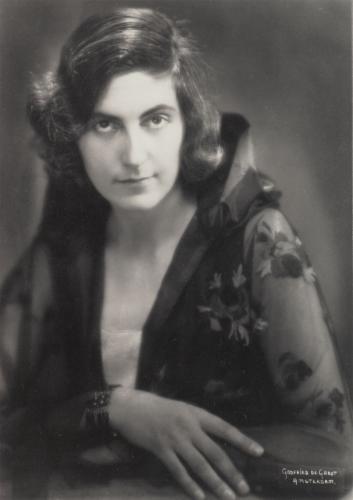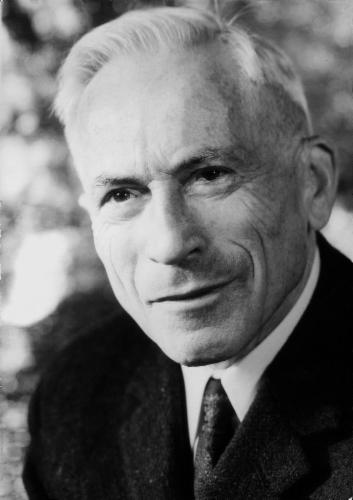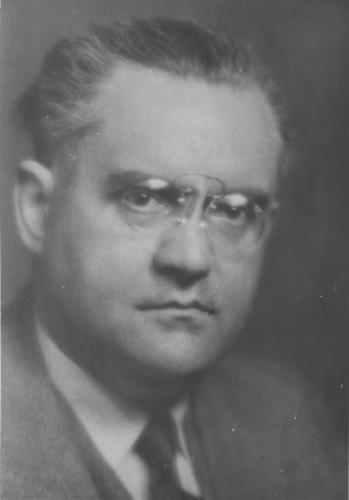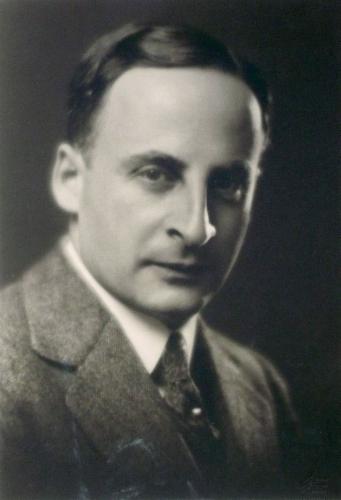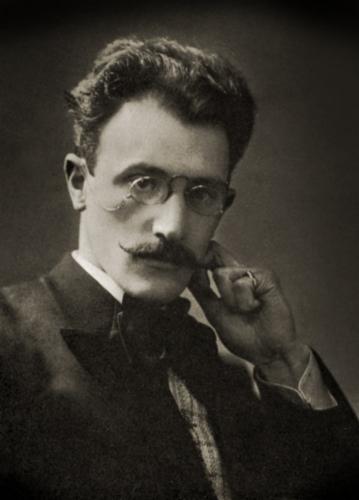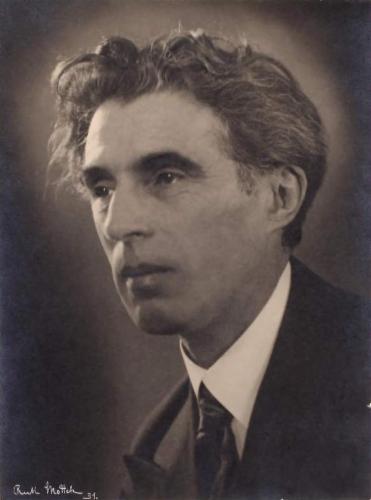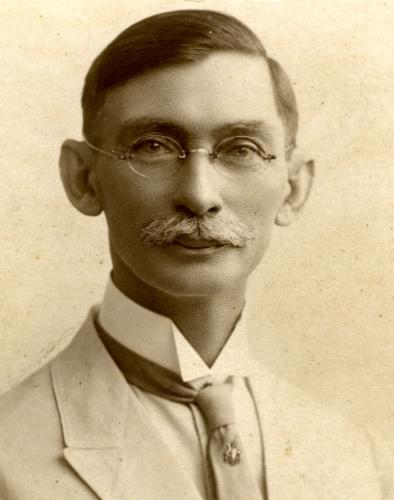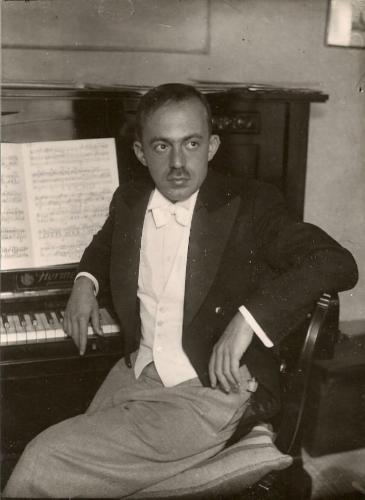featured composer
James Simon (1880 - 1944)
James Simon was a highly intelligent and accomplished pianist, composer and musicologist. He studied philosophy, loved poetry and felt at home with the great German musical tradition. Music was his life. So much so, that his son would call him ‘other worldly’. He continued to compose until the very end. By Phillip Silver and Carine Alders more

